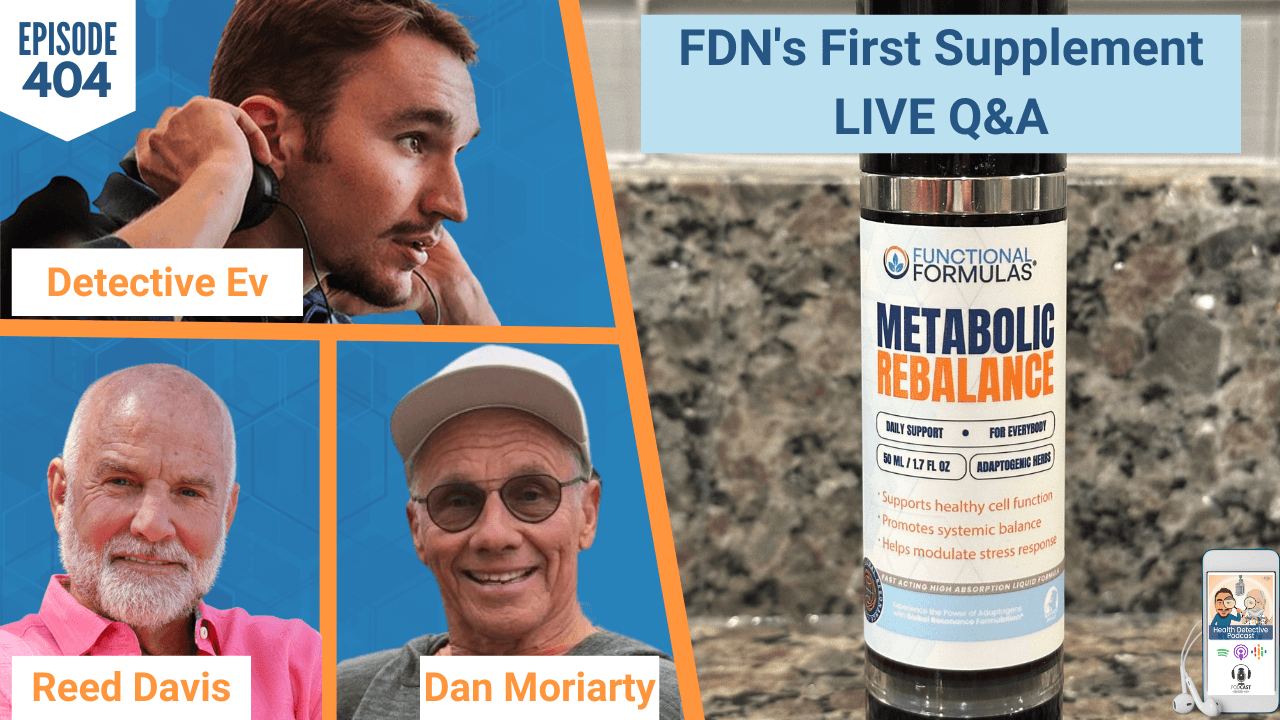Today’s post is a guest post from Linda Wilbert-Stewart, HHP, HC and FDN-P.
Most people recognize the term adrenal fatigue, as it has become more recognized in natural health circles. But that term doesn’t exactly address the full scope of the dysfunction that is happening within the body. When you deal with what is now being called adrenal fatigue, you are actually dealing with what is known as the HPA axis. When this axis is not functioning optimally, you can experience negative health symptoms.
Symptoms that are associated with HPA axis dysfunction include:
- Weight gain in the midsection
- Fatigue: feeling of tiredness all the time or in the afternoon
- Sleep problems: trouble falling asleep or staying asleep
- Allergies, seasonal allergies, or food allergies
- Depression, not being motivated
- Memory problems: can’t remember where you parked your car or put your key
- Visiting the restroom often
- Constipation
- Blood sugar problems: low blood sugar or high blood sugar
- Blood pressure problems: feeling dizzy all of a sudden, legs feel heavy
- Anxiety or nervousness, feeling jumpy
- Brain fog, not being able to concentrate
- Dry skin
- Feeling cold all the time, or just having cold hands and feet
- Loss of libido
Why do I call adrenal fatigue “HPA axis dysfunction”?
The adrenal glands produce hormones such as Cortisol, which help us cope with daily stress. But they also help regulate blood sugar levels, aid and maintain blood pressure, modulate the function of basically every organ in your body, as well as reduce inflammation. However, the adrenal glands do not work in a vacuum; they are connected via a hormonal feedback loop with the hypothalamus.
The Hypothalamus checks the level of hormones in the blood and sends hormonal signals (CRH) to the Pituitary which in return sends ATCH, a hormone, to the Adrenal glands to either reduce the production of cortisol or to elevate it. We call this connection the HPA axis.
Stress induces the release of corticotrophin releasing hormone (CRH)
CRH stimulates the release of drenocorticotropic hormone (ACTH) from the anterior pituitary
ACTH stimulates the release of glucocorticoids from the adrenal cortex
Not only are adrenal gland hormones effected, but also the thyroid hormones through the HPA-HPT (T for Thyroid) axis. Remember, Cortisol is a Stress hormone. Therefore, any kind of stress will elevate this very important hormone. If you suffer from chronic stress your adrenal glands will be constantly stimulated via the HPA axis.
Women who suffer from thyroid diseases often times have other hormone problems. Low metabolism is caused by thyroid dysfunction.
There is one test you can do at home to determine if you have low thyroid function and or HPA axis dysfunction. Take your temperature as soon as you wake up. If it is below 97.8 F you may suffer from one or both conditions.
Moreover, chronic stress disrupts the glucocorticoid dynamics, modifies cortisol levels which disrupts the HPA-axis feedback loop and can have a negative impact on mood and neurotransmitter.
The best test for HPA dysfunction
A simple dried urine test could help you determine your adrenal function if you produce too much or too little of the stress hormone cortisol and or estrogen, progesterone, testosterone, or melatonin. The dried urine test will also determine the hormone metabolites, but this needs to be explained in a separate article because it involves gene mutations and methylation processes.
Unfortunately, much of the medical community doesn’t really recognize HPA axis dysfunction as a serious condition. The problem lies in the way cortisol is being tested. The dried urine test measures cortisol four times a day while your doctor only measures cortisol in the blood one time during a particular day or in a 24 hour urine test of the total cortisol output.
If you get tested with a urine hormone test and or thyroid blood test or not, my recommendation is to reduce external stress as much as possible, eat a whole food diet and get adequate sleep. If you suspect internal stressors such as pathogens or mineral imbalances, get tested.
 Linda Wilbert – Stewart, HHP, HC, FDN Practitioner
Linda Wilbert – Stewart, HHP, HC, FDN Practitioner
Linda is a Certified Functional Diagnostic Practitioner and Certified Holistic Health Practitioner. She took classes in Functional Blood Chemistry, Module One, Two, and Three MTHFR, Methylation & Biochemistry master course as well as classes in Hair Analysis.
Linda was diagnosed with an autoimmune disease Hashimoto Thyroiditis in 2009. She dealt with adrenal issues, insulin resistance, brain fog, digestive problems, and muscle pain to the degree that she was not able to care for herself. Her family doctor and endocrinologist told her that she needed to take pain and thyroid medication for the rest of her life.
After major lifestyle changes, she was able to gain her strength back; and is now pain free.
She is OFF thyroid medication since early 2010 and hasn’t had an autoimmune flare up since the summer of 2010.
Find more from Linda at her website Exclusivelyholistic.com or follow her on Facebook or Twitter.







